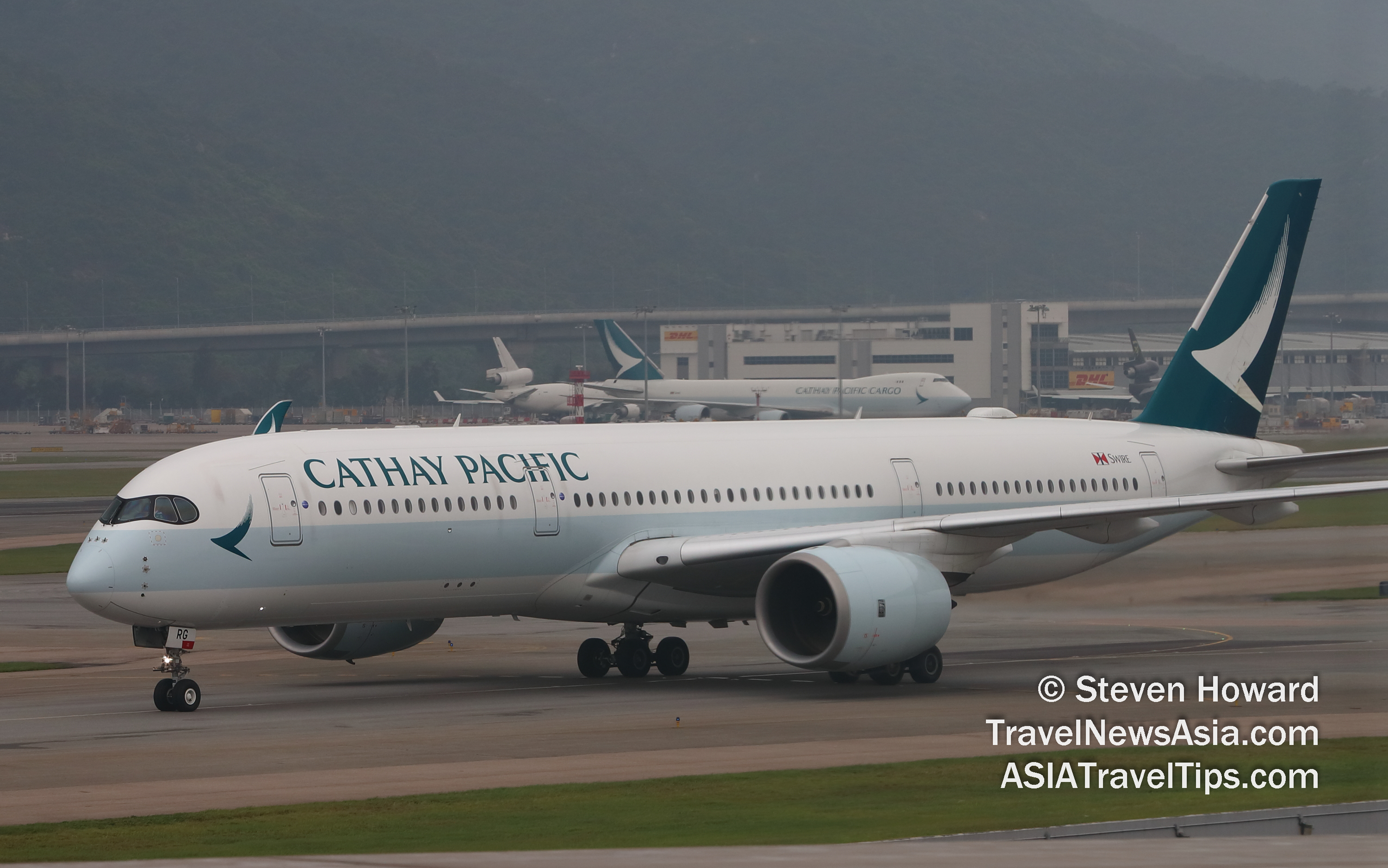|
Cathay Pacific has committed to achieving net-zero
carbon emissions by 2050, becoming one of the first airlines in
Asia to establish a timeline for making carbon neutrality a
reality.
The airline�s commitment precedes the release of
the Group�s Sustainable Development Report 2020, which details the
group�s strategy and performance in environmental, social and
governance aspects.
Cathay Pacific Chief Executive Officer, , said, �The unprecedented pandemic has shaken the world and
showed us that �business as usual� is not an option when dealing
with an imminent global risk. Climate change, potentially a much
more disruptive crisis, calls for ramped-up efforts,� said
Augustus Tang, Cathay Pacific Chief Executive Officer. �Our net-zero pledge aligns with the
requirements laid out in the UN�s Intergovernmental Panel on
Climate Change (IPCC) and the Paris Agreement, and provides the
focus we need in aligning our strategy � from fleet planning and
carbon offsetting to further investment in Sustainable Aviation
Fuel and the development of new technologies.�

The key focus areas to reach carbon neutrality
include:
Investing in Sustainable Aviation Fuel:
Cathay Pacific
is increasing its use of Sustainable Aviation Fuel (SAF), with the
aim of making it viable for mainstream adoption. Compared to
traditional jet fuel, SAF can reduce lifecycle carbon emissions by
up to 80%.
In 2014, Cathay Pacific became the first airline
investor in Fulcrum BioEnergy, a pioneer in converting everyday
household waste into SAF. The airline has committed to purchasing
1.1 million tonnes of SAF over 10 years, which will cover around
2% of our total fuel requirements from 2023 onwards.
Offsetting our Carbon Emissions: Cathay Pacific�s
carbon offset programme, Fly Greener, gives passengers the
opportunity to purchase offsets based on the CO2 emissions
generated from their flight. Those contributions go directly
towards Gold Standard-accredited third-party projects that
actively reduce emissions.
The airline has also been offsetting all the
emissions from its employees� business travel since the launch of
the programme in 2007. To date, the programme has offset over
300,000 tonnes of carbon emissions.
Reducing Emissions Through
Efficiency Enhancement: Cathay Pacific has invested in a new fuel-efficient fleet and
has reduced engine
use on the ground. The group is also committed to cutting its
ground emissions by 32% from the 2018 baseline before the end of
2030.
The aviation industry contributed less than
3% of the world�s man-made CO2 emissions prior to the COVID19
pandemic.
Download Cathay Pacific's 129-page, 17.5MB
Sustainable Development Report 2020
here.
See latest
Travel Industry News,
Video
Interviews,
Podcasts
and other
news regarding:
COVID19,
Cathay Pacific,
HKIA,
Hong Kong,
SAF,
Emissions.
|
Headlines: |
|
|
